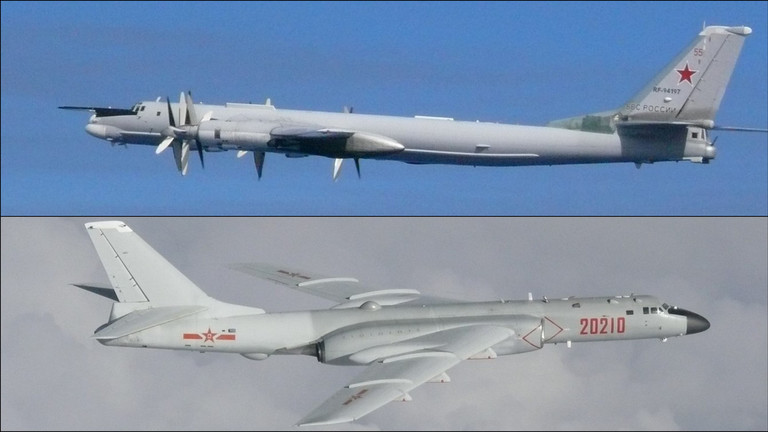Thursday, 9 June 2022 — Indian Punchline
 Military equipment given by Japan to Ukraine being loaded in an aircraft at Yokota US Air Force Base, Japan (File photo)
Military equipment given by Japan to Ukraine being loaded in an aircraft at Yokota US Air Force Base, Japan (File photo)
Only three weeks remain for the summit meeting of the North Atlantic Treaty Organisation (NATO) in Madrid, which is expected to unveil a new Strategic Concept aimed at redefining “the security challenges facing the Alliance and outline the political and military tasks that NATO will carry out to address them.”






 Fukushima is a nightmare disaster area, and no one has the slightest idea what to do. The game is to prevent the crippled nuclear plant from turning into an “open-air super reactor spectacular” which would result in a hazardous, melted catastrophe. On April 25, 2011 – one month after the explosions at the Fukushima nuclear plant and the anniversary of Chernobyl – I was interviewed by RT and asked to compare Chernobyl and Fukushima. The clip, which
Fukushima is a nightmare disaster area, and no one has the slightest idea what to do. The game is to prevent the crippled nuclear plant from turning into an “open-air super reactor spectacular” which would result in a hazardous, melted catastrophe. On April 25, 2011 – one month after the explosions at the Fukushima nuclear plant and the anniversary of Chernobyl – I was interviewed by RT and asked to compare Chernobyl and Fukushima. The clip, which